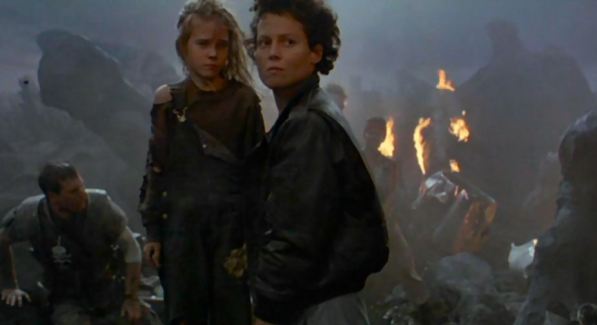
Rebellion can be as large as a barn being set on fire or as small as a toddler pushing a bowl off a dinner table. Michael Haneke’s “The White Ribbon” views rebellion at its conception in a small, rural town in Germany just before the dawn of World War I. His film is a dark parable for how evil can be the precursor to an even greater evil. Sometimes, it’s just human nature.
The slow ripple effects of silent unrest begin to simmer when a doctor (Rainer Bock) riding his horse topples over an unseen wire. It looks to be an accident, and there are no suspects, but this wire did not get there on its own. Nothing this serious or mysterious has ever happened here before, and everyone begins to ask questions. The doctor’s son is the first to learn the blunt truths of life. He asks his sister what “dead” is, and she can’t bring herself to lie that she, his father and he will eventually die. She also confesses their mother didn’t just go on a long trip. When he pushes that bowl off the table, such an act never meant so much.
This is not the only incident. A mother falls through a decrepit roof while on the job, and the family believes that the Baron who runs the town is responsible. One of the sons retaliates by vandalizing the Baron’s (Ulrich Tukur) private harvest of crops, but there’s even more suspicion when the Baron’s son turns up tortured.
This is a patriarchal society, as was common in the early 1910s, and it’s a society of quiet, bleak obedience to elders and to the Lord. Thus everyone is on edge when the town is stricken with equally quiet mysteries.
To keep everyone in line, one father and the town’s Pastor (Burghart Klaussner) ties a white ribbon on his children’s sleeve to remind them to stay pure and good. His guilt and mistrust of his children is worse than any abusive father. There’s one devastating scene in which he punishes his children by paddling them with a cane. It’s not enough that the child’s siblings must watch, but the boy must bring his father his tool of destruction. The moment takes place behind a closed door to us because we must know how confined and repressed this society is.
Many critics have said “The White Ribbon” is a film about the start of fascism, but Haneke is content with the truth that the small acts of rebellion and assertions to authority are the start of something. The Whodunnit is not as intriguing as the slow burn to something bigger.
That’s because Haneke’s film is wonderfully atmospheric It’s been converted to black and white from color film stock, and the effect is starkly monochrome. There is no color in this antiquated society. No one shoots a funeral the way Haneke does here, with the camera as distant and centered as can be to the mourners, and it’s just one of the many stunning landscapes Haneke creates with his camera.
And yet for all its subdued pacing, “The White Ribbon” is a film of immense gravity. The Doctor’s blunt disgust with his mistress is as heartless a thing to say to a woman as anything I’ve ever heard. The Pastor’s constructed judgments about his son’s masturbation is as surprising and tough to hear as any other parental scolding. The standards of this town are grave, and the performances by Bock and Klaussner equal the film’s severity.
“The White Ribbon” won the Palme D’Or at Cannes back in 2009, and now Haneke has done it again with his follow-up film “Amour.” It beat some powerhouse films including “Inglourious Basterds,” “Fish Tank,” A Prophet” and “Gomorrah.” It likely resounded with the Cannes crowd because it connects on a primal level. It’s a dark film with a scary truth, and it’s mesmerizing to watch.


